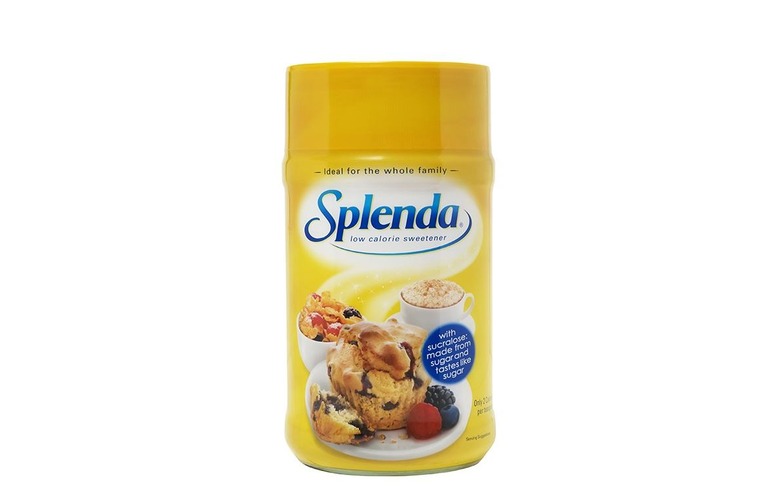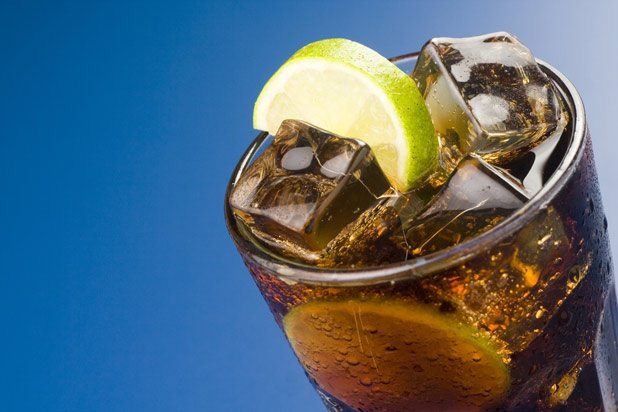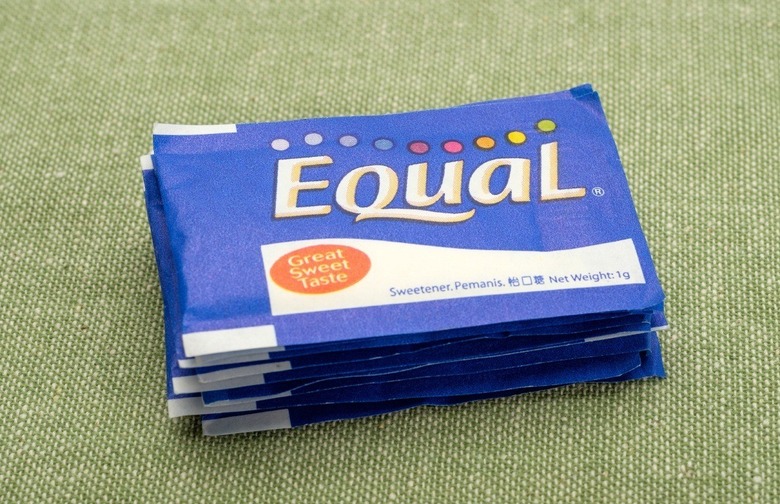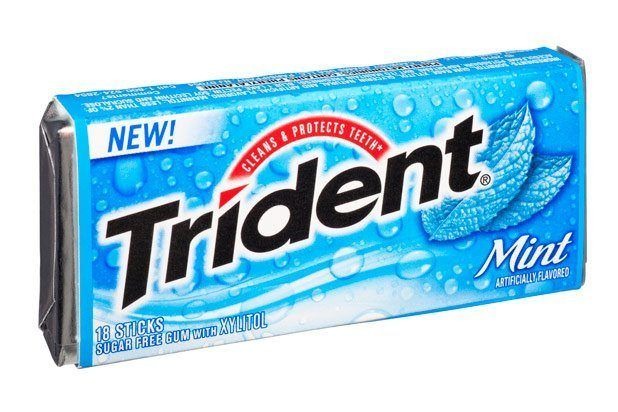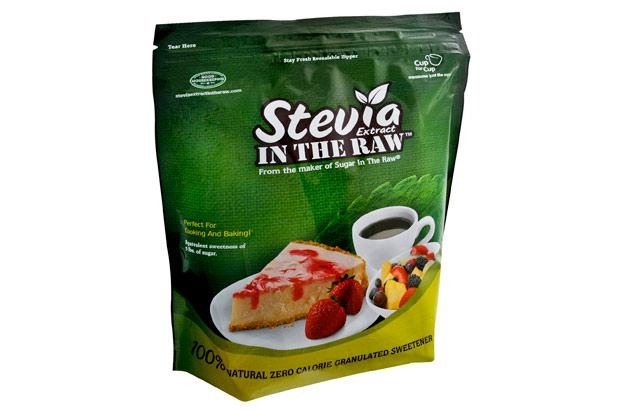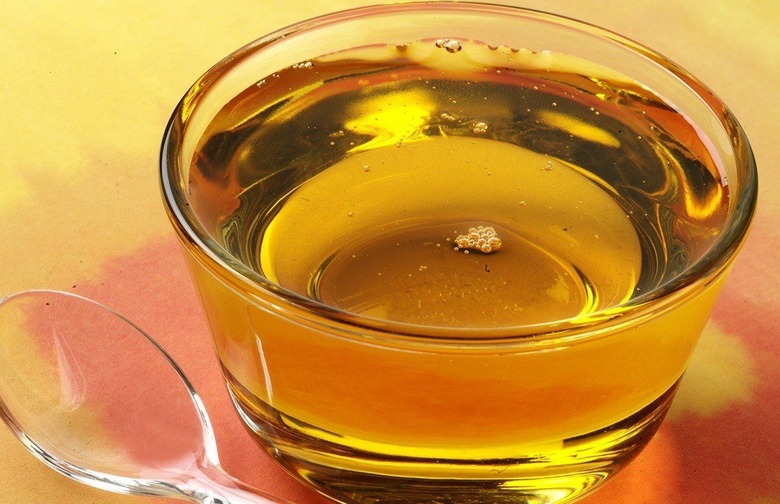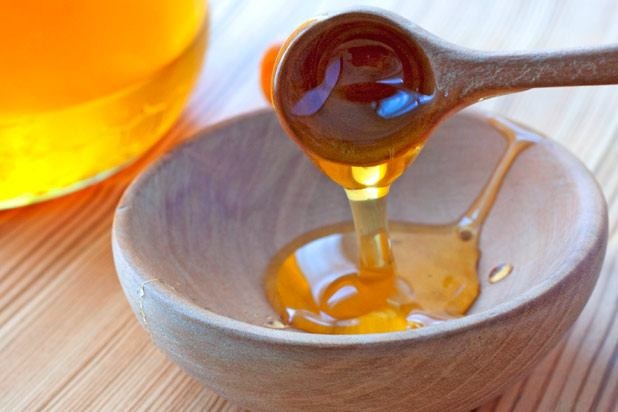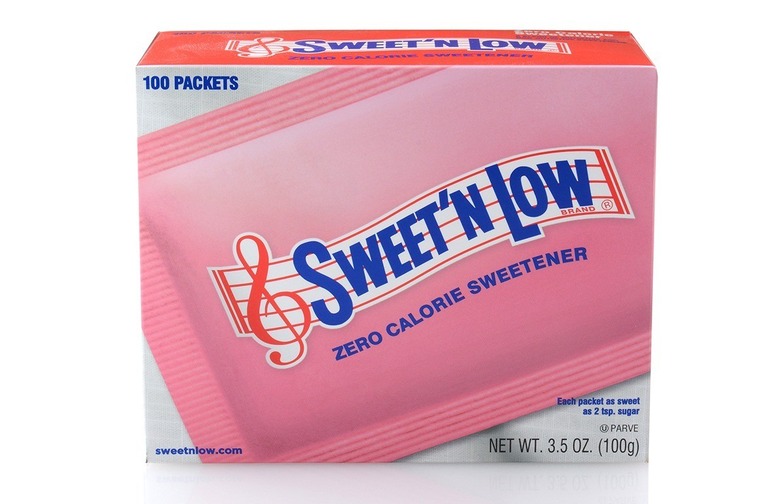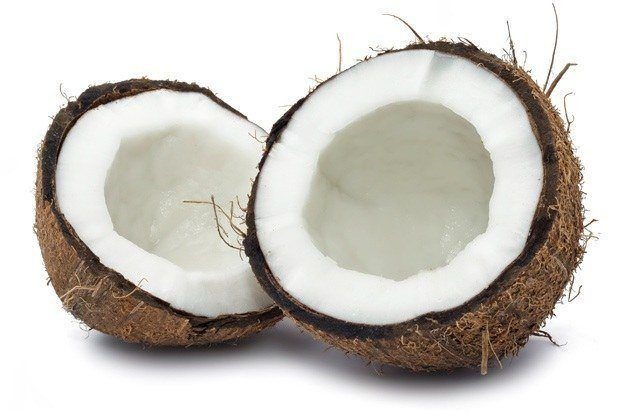Guide To Alternative Sweeteners Slideshow
Once marketed with the slogan "Made from sugar so it tastes like sugar," Splenda has really caught on in the marketplace. It trumps the rival product Equal, a sweetener made from aspartame, by a margin of four-to-one. It's now found in everything from diet sodas to chewing gum. Since the body does not recognize it as sugar, it does not raise blood sugar levels.
Splenda is also popular for baking, having given rise to myriad cookbooks. It is about 600 times sweeter than table sugar, so recipes have to be written in a way which reflects that difference.
Their old slogan is misleading, however; it implies that the product is natural or at least, naturally derived, when in fact, it is not that simple. Ellison says that Splenda is essentially a mixture of sucralose, which is a synthetic molecule, with maltodextrin. The compound has been shown to "bioaccumulate," which means it builds up in fat tissues over time, and is a potential carcinogen. As is usually the case though, the poison lies in the dosage; low dosages, whatever that means, are apparently fine.
2. High-Fructose Corn Syrup
There's a lot of political and general controversy surrounding this substance, found in a variety of products including soft drinks, breakfast cereals, fruit drinks, bottled salad dressing, and baked goods. But, we're not going to delve into that. Burman notes that the important thing to know is that while a lot of people think of high-fructose corn syrup as an artificial sweetener, they also often don't realize that fructose itself occurs naturally. It is the sugar most often found in fruit, but the "manmade" aspect of high-fructose corn syrup comes from the concentration of the sugar.
Berman believes in all things in moderation, and so moderate amounts of this substance are probably OK. But, she notes that products which contain high-fructose corn syrup are oftentimes already unhealthy for other reasons besides having the syrup — products that contain many preservatives or are highly processed, for example.
3. Aspartame
Aspartame, commonly known as Equal, contains zero calories and does not raise blood sugar levels. It's also 200 times sweeter than sugar, says Berman, and can be used for cooking. Great.
Except... Ellison notes it's a synthetic compound that breaks down into formaldehyde in the body, which in large doses, can lead to formaldehyde poisoning. Even though it has been deemed "safe" by the FDA, and Berman says there is no strong relationship between aspartame consumption and the development of cancer in humans, it's still natural to wonder if it's really OK to use. One thing is for sure – Berman says that anyone with PKU, a rare genetic disorder, should not consume aspartame since they cannot break down phenylalanine, an amino acid found in the product which can accumulate to toxic levels.
4. Alcohol-Based Sweeteners
Products such as xylitol, maltitol, and erythritol are alcohol-based sweeteners that contain zero calories and are commonly found in products such as chewing gum, breath mints, and toothpaste. It's probably unlikely that you'll be able to find these in the baking aisle of your local supermarket, but they are available in bulk online.
Berman says that while these substitutes do raise blood sugar, they do not have as much of an effect as straight table sugar. The exact percentage is unknown as studies have yielded mixed results, but a rule of thumb is about a 50-percent absorption rate. Ellison says that the disadvantage lies in the fact that xylitol and maltitol are hydrophilic, which means that they pull water into the gut and cause digestion problems. Erythritol does not cause the same problem, however.
5. Stevia
Stevia is a sweetener that comes in various forms and is derived from a plant that grows in South America. Berman says that it doesn't raise blood sugar at all, but because it comes in various forms, it can be confusing to figure out which is best for what. Frayser helps sort out the confusion.
Whole-leaf stevia, she says, is the least processed form and pretty much comes straight from the plant. It works well for liquid applications, such as hot and iced teas and lemonades, where it has a chance to macerate. However, she says not everyone likes it because it doesn't have the slick mouth feel people have come to expect from liquid sweeteners, and so they end up using more.
Green stevia is a powdered form created when the leaves of the plant are dehydrated. Frayser says that this form works well for those on a raw food diet since the process does not kill the enzymes, and so it can still be considered a raw food.
White stevia is further processed; it is created by mixing the leaf with water, heated, steamed, distilled, cooled, and ground into a powder. It ends up being about 500 times sweeter than regular table sugar, and just two packets may be enough for a whole cake.
Finally, there is liquid stevia, which comes in two forms itself. There is the glycerate form, which is created when the leaves are macerated in glycerin, and thus gives a slicker feel on the tongue, and alcohol-based liquid stevia, which has an intense flavor but evaporates quickly.
6. Agave Nectar
According to Frayser, agave nectar does raise blood sugar, but not as much as table sugar – it has a lower glycemic load. Like stevia, it comes in many forms, each of which are suited for different cooking tasks.
Amber agave syrup has a similar consistency and mouth feel to real maple syrup, and with a little maple extract, it's a convincing substitute for maple syrup on pancakes and waffles with a lower glycemic load.
Light agave syrup is ideal for baking and even pastry – Frayser swears by her chocolate ganache made with light agave since it penetrates in a way that yields an even sweetness. It can be used one-for-one in recipes that call for granulated sugar.
Blue agave syrup is great for fruit salads – Frayser says that it gives an extra kick that brightens up the salad.
Click here to see Add Sweetness to Summer Recipes with Agave.
7. Honey
Honey is all-natural, but it raises blood sugar in the same way as regular sugar, says Ellison. So, you'll probably want to use this sweetener in moderation as well.
8. Saccharin
Better known as Sweet'N Low, saccharin has been the subject of much controversy. According to Berman, there was a period of time when it was banned due to studies linking saccharin consumption with the development of cancer in rats. The ban has since been lifted by the Food and Drug Administration, who say that it is "safe" since it is not metabolized and hence excreted in the same form as when it is ingested. Saccharin is 300 times sweeter than sugar.
9. Coconut Nectar
Coconut nectar isn't in Wal-Mart yet, unlike agave nectar, but it can be found online, in health food stores, and in local co-ops. It's ideal for baking bread, brownies, and in dried form, cookies (if you're looking for a crisper texture). It comes mainly in amber and blonde varieties. Amber coconut nectar is a great substitute for recipes that call for brown sugar, and can replace brown sugar one-for-one. Blonde coconut nectar can be combined with a bit of raw sugar (in a three-to-one ratio, to be exact) for frosting to give it a slick consistency, while cutting down on the glycemic load.
